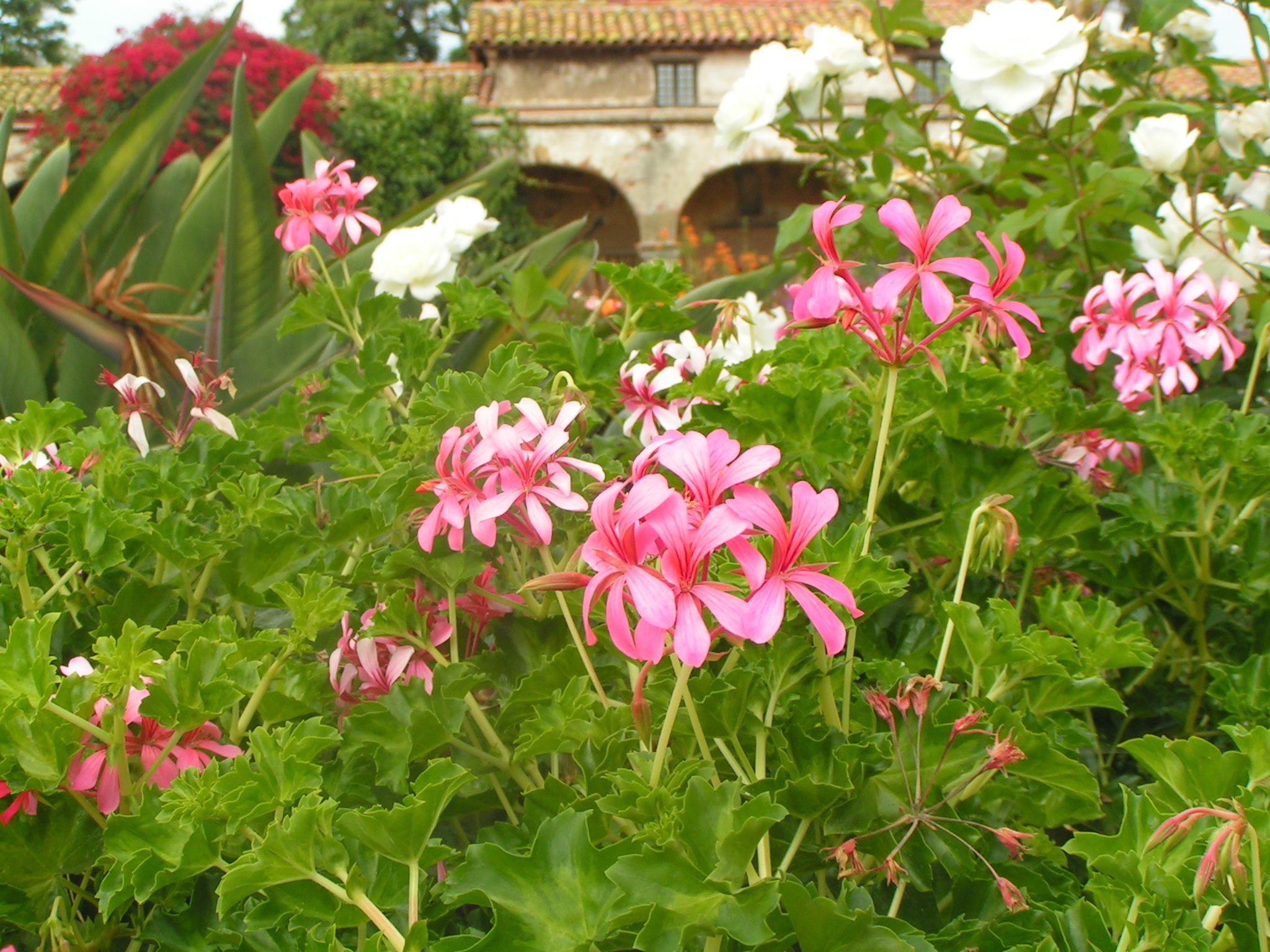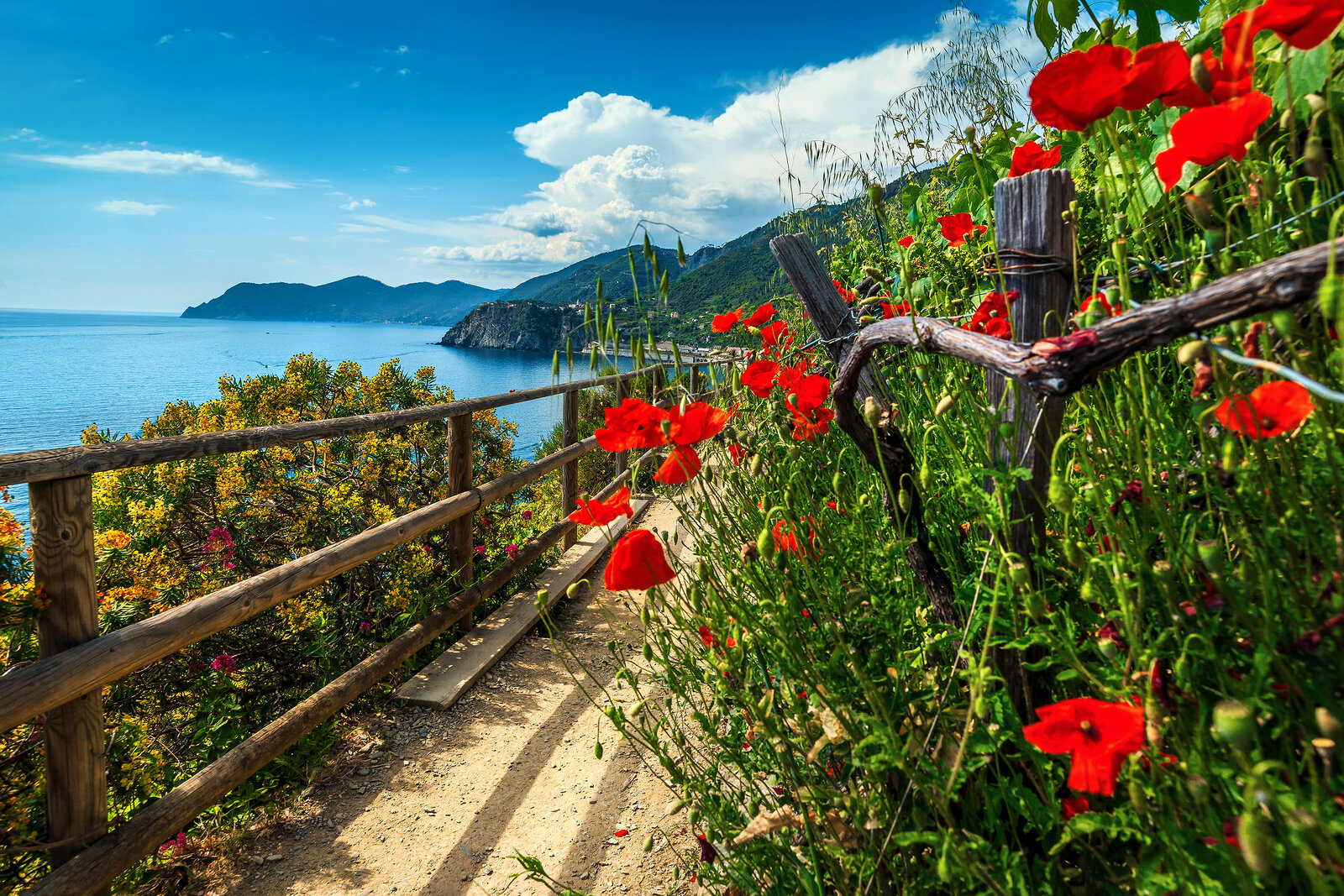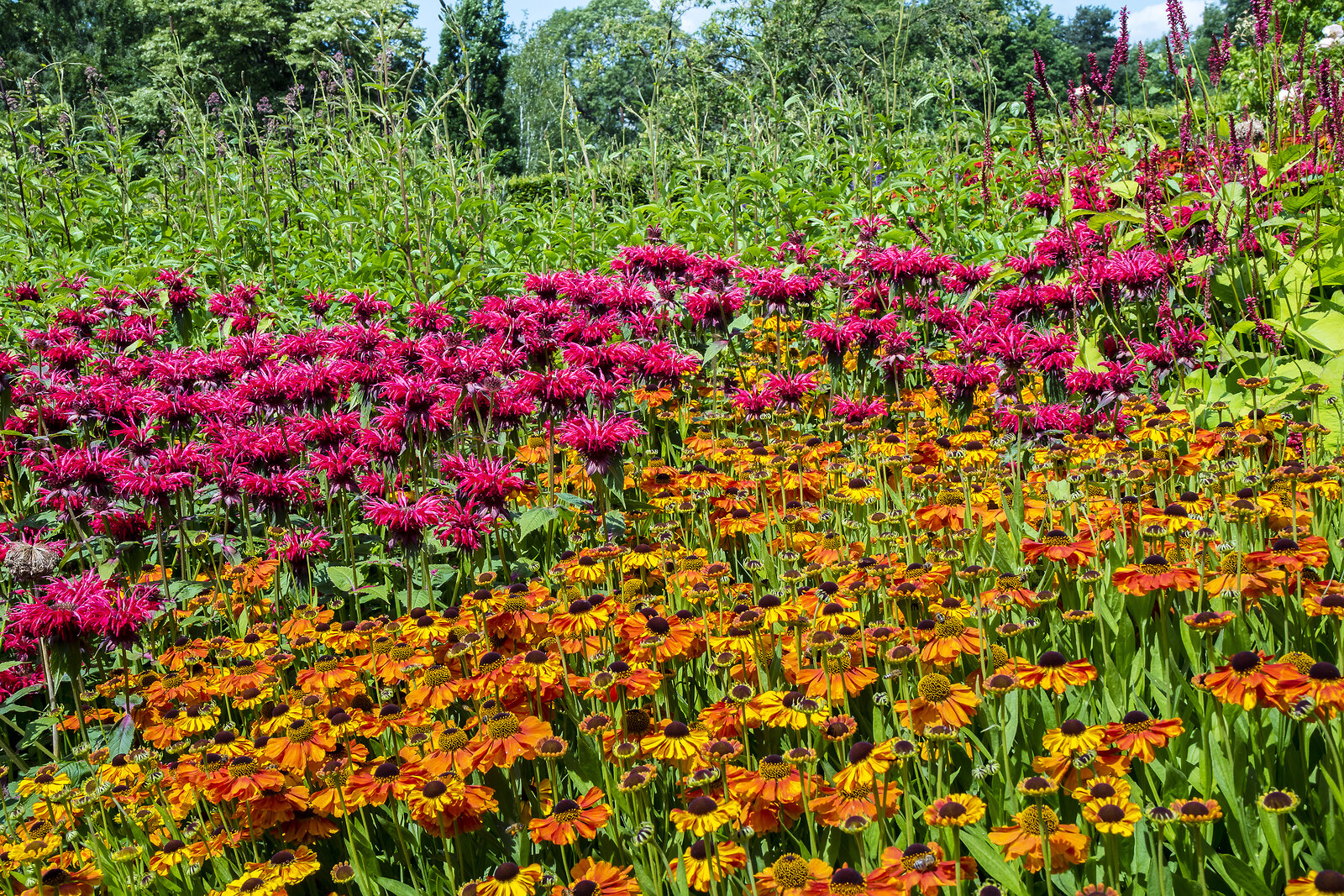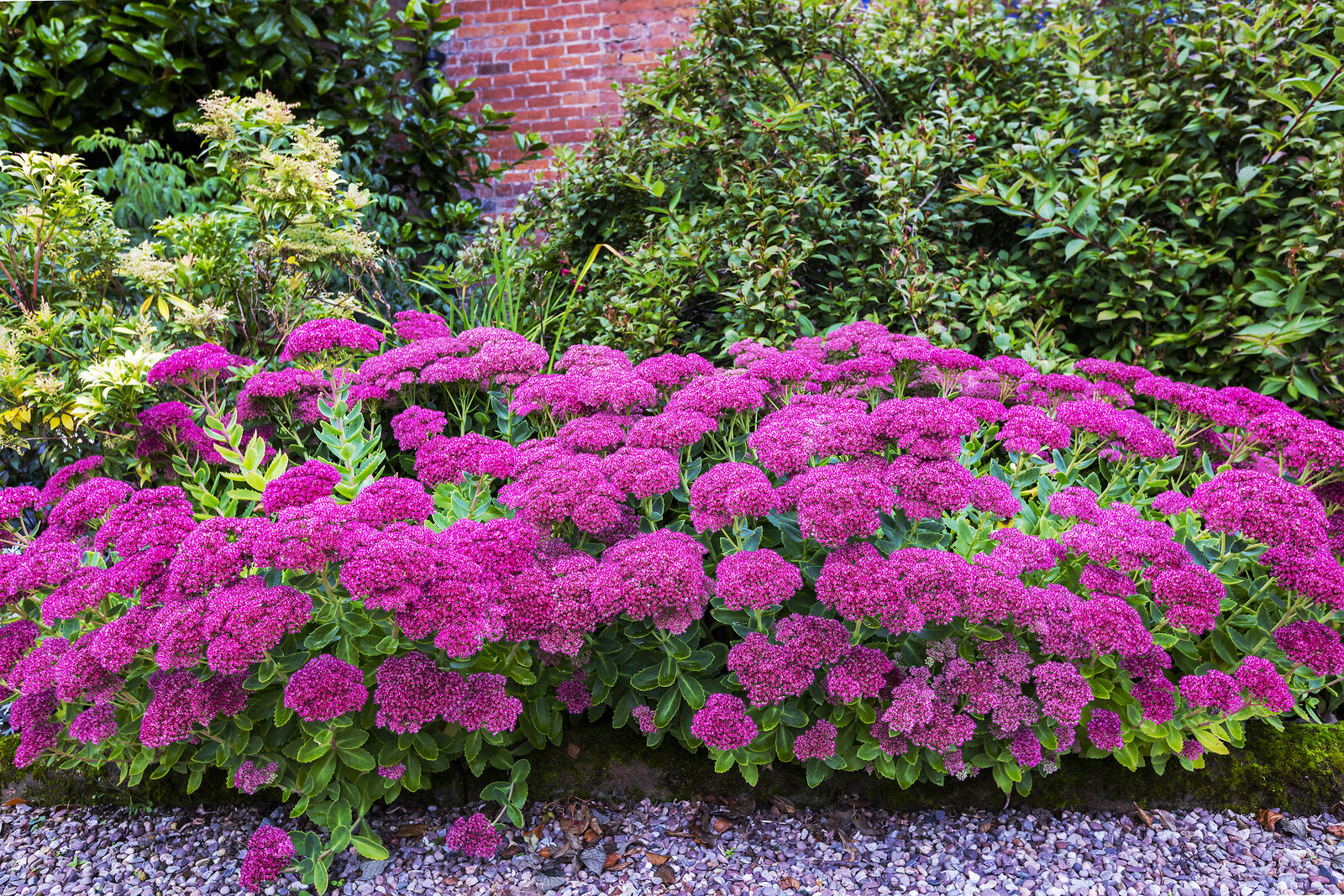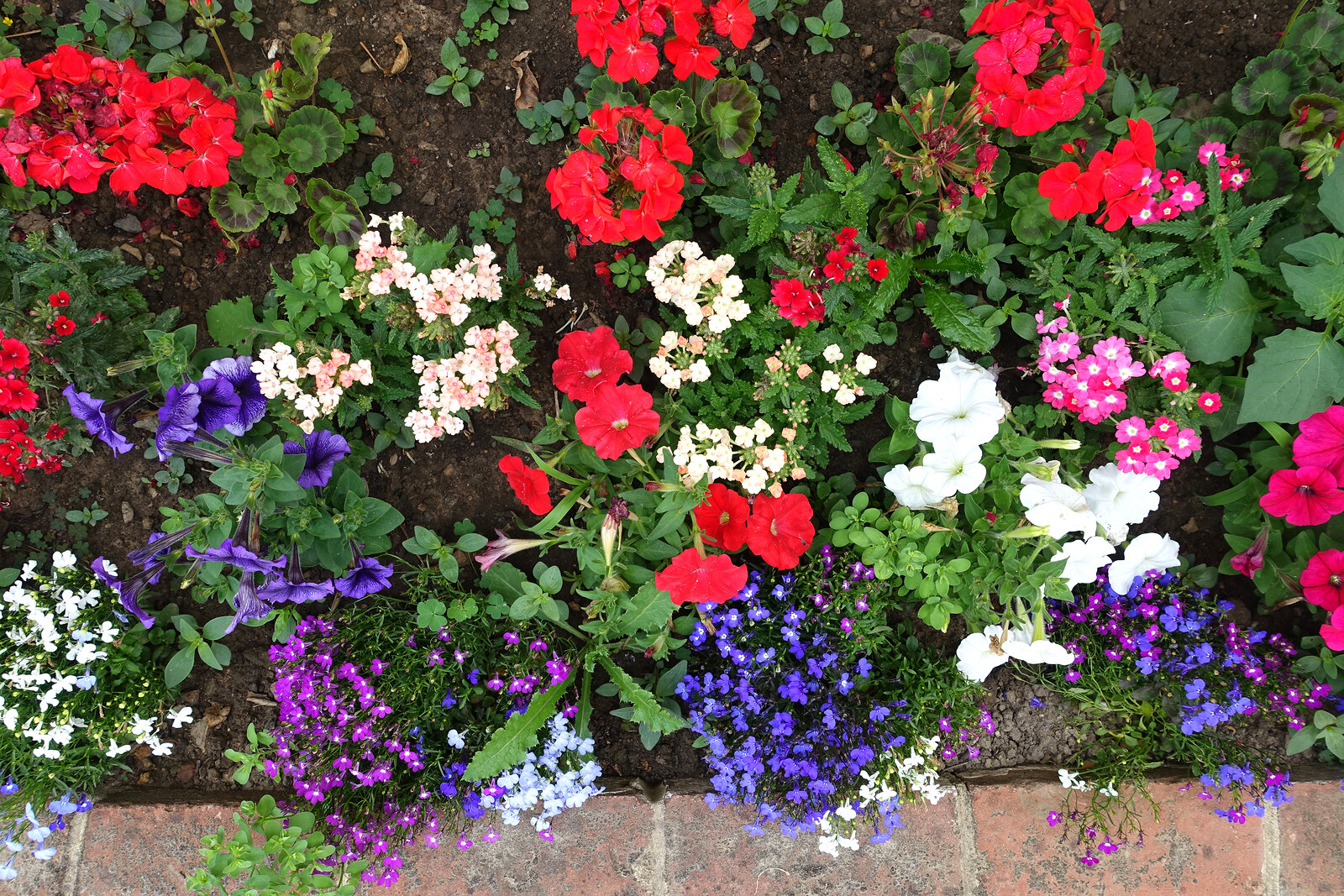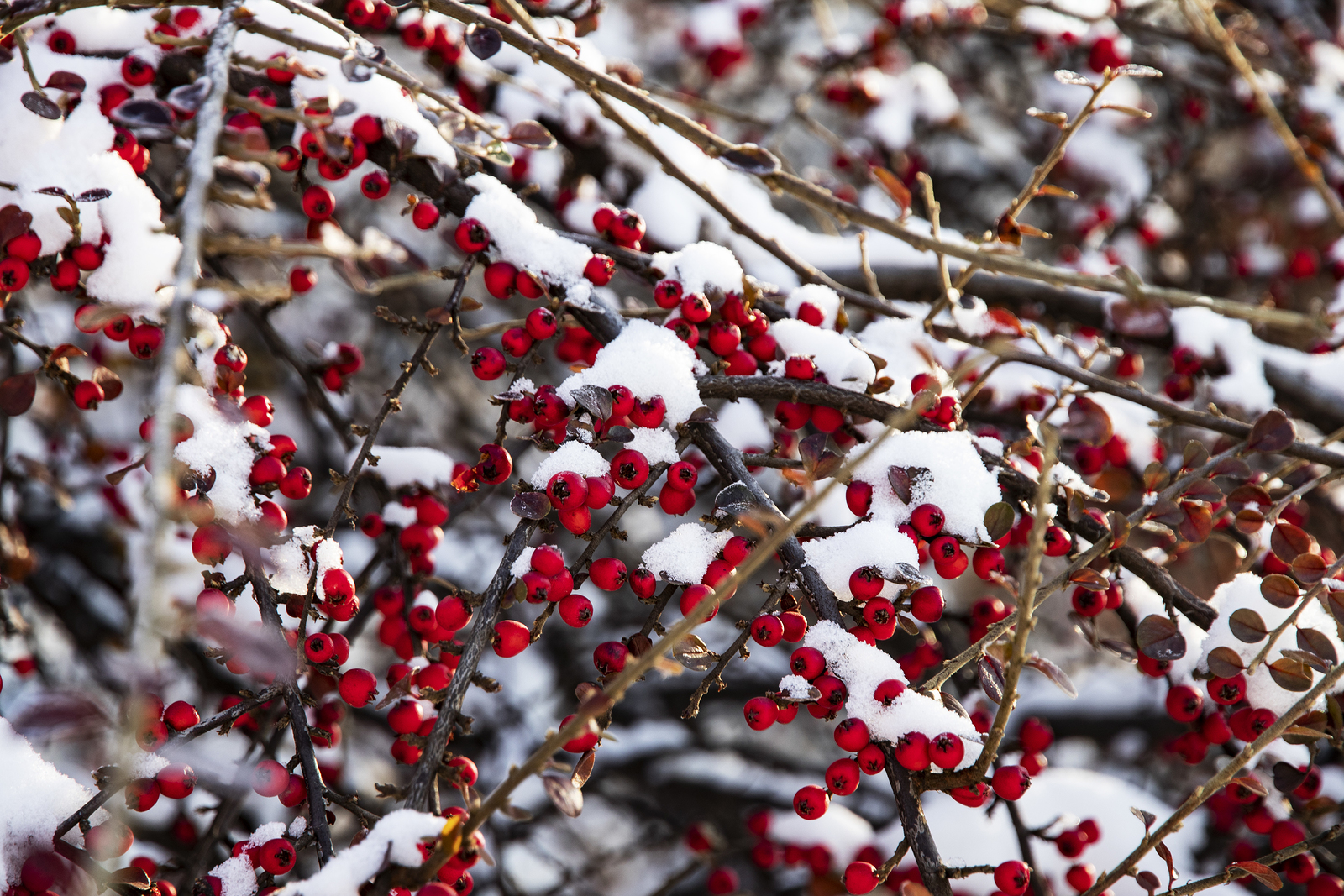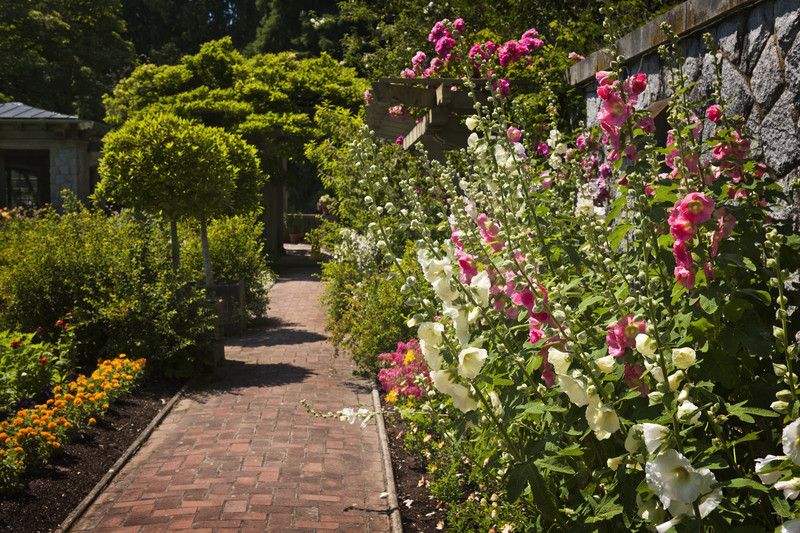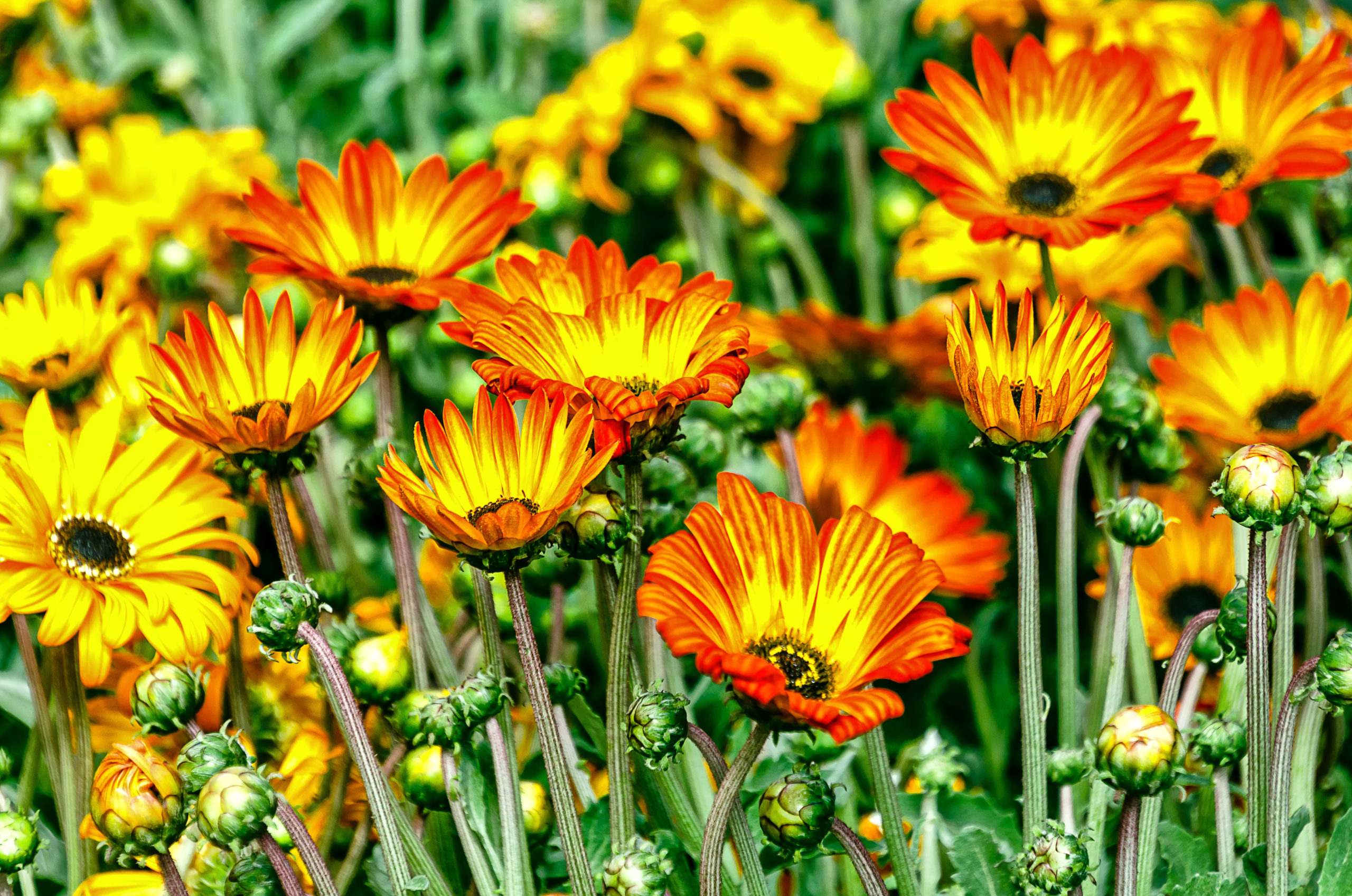Florida and Gulf Coast Gardening
Florida and a good part of the Gulf Coast enjoy almost year-round gardening weather. Winters are mild and summers are hot and humid in Florida and much of the Gulf Coast. Monthly and seasonal advice for gardeners in most of the country often does not apply to gardeners in Florida and along the Gulf Coast. […] More


